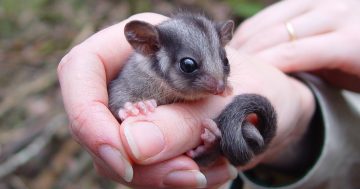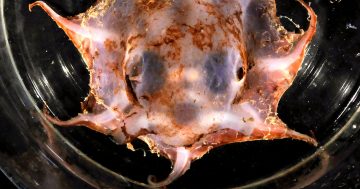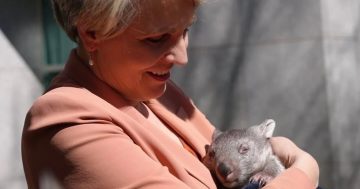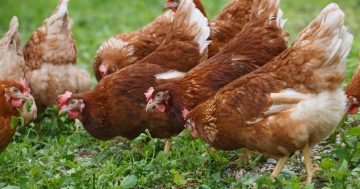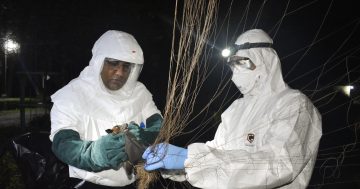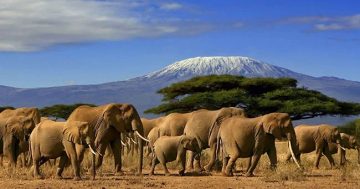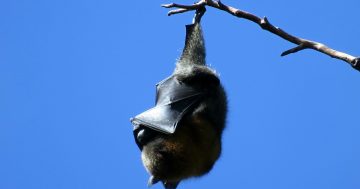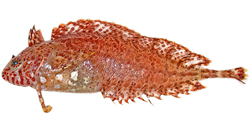 Australian scientists discovered 626 new species last year, with their achievements praised on Taxonomist Appreciation Day on Sunday (19 March).
Australian scientists discovered 626 new species last year, with their achievements praised on Taxonomist Appreciation Day on Sunday (19 March).
Celebrating the result, Minister for the Environment and Water, Tanya Plibersek said the Day recognised the important work of the scientists who name, classify and describe Australia’s unique biodiversity.
“Among these new species are ‘high-energy’ cicadas, chest-bursting parasitoid wasps and a fleshy coral that sways in underwater reefs,” Ms Plibersek said.
“The work to document our biodiversity supports the Australian Government’s Nature Positive Plan, which states that our economy, livelihoods and wellbeing rely on the ability of nature to survive and thrive,” she said.
“Sadly, several of the newly-named species are already under threat, including the tube-web spider, a mountain frog, superb myrtles, orchids and a subspecies of white-footed dunnart that are facing pressure from bushfires, feral species and climate change.”
Ms Plibersek said Traditional Knowledge was used to name some of the new species, like the carnivorous bladderwort Utricularia baliboongarnang that can float in swamps due to pontoon-like stems full of air.
She said the new name was inspired by the Mirriwoong Language word Baliboong, meaning “swamp-dwelling”, in collaboration with Miriwoong Elders and senior speakers of the Mirima Dawang Woorlab-gerring Language and Culture Centre.
“It’s so exciting to think that we are discovering and naming about two new species every day,” the Minister said.
“We’ve only discovered and named about one third of the species found in Australia,” she said.
“Australia is recognised as one of only 17 mega-diverse countries in the world, and with a result like this it’s easy to see why.”
Ms Plibersek said although Australia had less than one per cent of the world’s population, it had around eight per cent of the world’s plants and animals.


